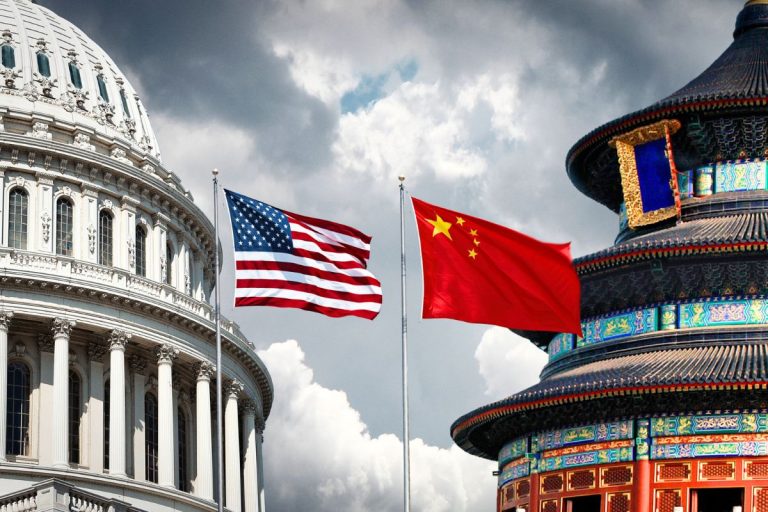In the ongoing trade conflict between the U.S. and China, Beijing has made a strategic move by targeting a critical area where the West remains vulnerable: rare earth elements. These materials are indispensable in technology and industrial sectors, and now, they are at the heart of a fresh escalation between the two economic superpowers.
A Strategic Response to U.S. Tariffs
On April 10, China will impose a 34% tariff on all U.S. imports, directly retaliating against the tariffs levied by Washington, especially under the direction of President Donald Trump. This decision aligns with an ongoing effort to counteract what Beijing sees as economic aggression. The timing of this move is no coincidence, as the U.S. tariff will go into effect just one day earlier, on April 9.
However, China’s response goes beyond imposing tariffs. Beijing has also suspended import licenses for products from six American companies and is tightening its grip on rare earth exports. This is not the first time the Chinese government has used restrictions on rare earths as a geopolitical tool. Such actions were seen as early as December 2023, when China limited exports of certain rare earth processing technologies in response to mounting tensions with the U.S. and its allies.
An Essential Resource and China’s Near-Monopoly
Rare earths are a group of 17 elements critical in the production of numerous technologies including smartphones, electric vehicle batteries, solar panels, wind turbines, satellites, and even military hardware such as missiles. Without these materials, many facets of modern industry would come to a halt.
China currently controls approximately 90% of the global rare earth production, making it a significant player in the supply chain. While it doesn’t own all the global reserves, it dominates both the extraction and the industrial processing of these essential materials. This level of control gives China considerable leverage, especially over countries like the U.S. that remain heavily dependent on Chinese exports.
A Double-Edged Sword
While this move strengthens China’s position in the ongoing trade war, it is not without risks. Back in 2010, China’s restrictions on rare earths sparked a global response, with countries scrambling to find alternative suppliers and develop new sources. A similar reaction could unfold in the long run, potentially undermining China’s dominance in this sector.
In the short term, however, the U.S. and its allies have little room to maneuver. Their production chains remain highly reliant on Chinese refining, and setting up alternative infrastructure is both slow and costly. Even if countries manage to diversify their sources, China is likely to remain a central player in the rare earth market for years to come.
A Geopolitical Struggle for Technological Dominance
This latest move signals that the conflict between China and the U.S. is no longer just about trade—it’s a strategic battle for technological supremacy. Every decision made by both sides aims to weaken the other’s position in the race to dominate emerging technologies.
In this invisible war, rare earths are a sensitive nerve. This vulnerability has long been recognized by the U.S., and Beijing seems determined to exploit it further. What we are witnessing is a new kind of Cold War, this time fueled by rare earths and the race for control of critical resources.


